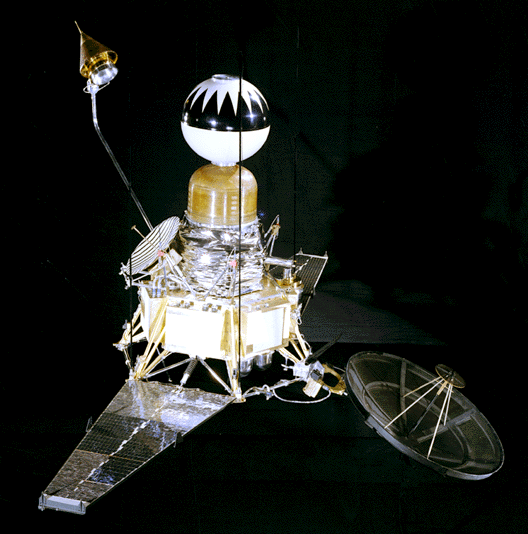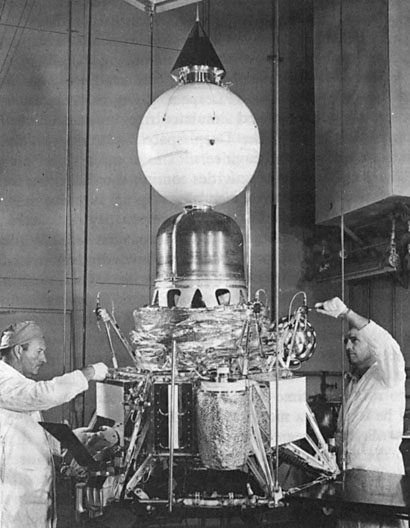Ranger Program

The Ranger 3, 4, and 5 spacecraft. (Credit: NASA)

Technicians working on a Ranger Block 2 spacecraft. Ranger Block 2 consists of Ranger 3, 4, and 5 spacecraft, which all have the same design. (Credit: NASA)
The Ranger program was a series of probes sent to the moon to obtain the first close-up pictures of the lunar surface. Nine probes were launched. Three Rangers were successful (Ranger 7, 8, and 9). Rangers 1 and 2 experienced launch failures. Rangers 3 and 5 missed the moon. Ranger 4 landed on the far side of the moon, an d was unable to return any data. Ranger 6 reached the moon, but had a camera lens failure.
In addition to the primary camera, Rangers 3 and 5 carried instruments for gamma-ray astronomy.
Lifetime: August 1961 (first launch, Ranger 1) - March 1965 (last probe impact, Ranger 9)
Portion(s) of spectrum studied: visible, gamma ray
Country (primary): United States
Primary Science
The Ranger probes were designed to return the first close-up pictures of the Moon's surface.
Links to more information
Ranger 3
Lifetime: January 1962
Science Highlights
- Data taken to determine the effect of the satellite's body on gamma-ray flux measurements.
Ranger 5
Lifetime: October 1962
Science Highlights
- Observed cosmic gamma-ray background.


